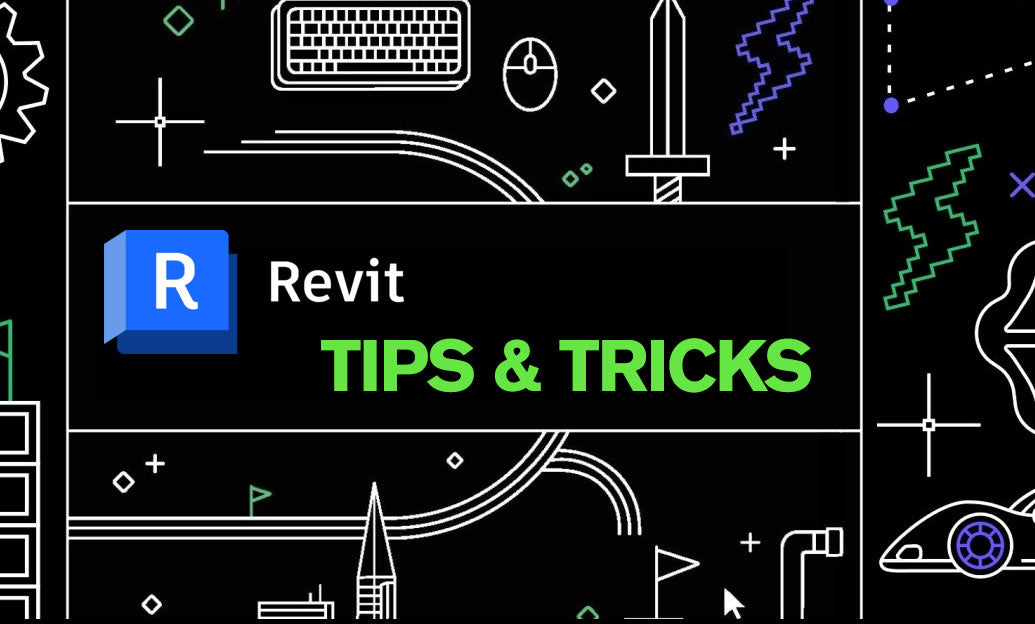Your Cart is Empty
Customer Testimonials
-
"Great customer service. The folks at Novedge were super helpful in navigating a somewhat complicated order including software upgrades and serial numbers in various stages of inactivity. They were friendly and helpful throughout the process.."
Ruben Ruckmark
"Quick & very helpful. We have been using Novedge for years and are very happy with their quick service when we need to make a purchase and excellent support resolving any issues."
Will Woodson
"Scott is the best. He reminds me about subscriptions dates, guides me in the correct direction for updates. He always responds promptly to me. He is literally the reason I continue to work with Novedge and will do so in the future."
Edward Mchugh
"Calvin Lok is “the man”. After my purchase of Sketchup 2021, he called me and provided step-by-step instructions to ease me through difficulties I was having with the setup of my new software."
Mike Borzage
Rhino 3D Tip: Mastering Marine Design with Rhino 3D: Key Techniques for Hull and Deck Modeling
August 12, 2024 1 min read

Utilizing Rhino 3D software in marine design can significantly enhance the creation of complex hull and deck structures. Here are key techniques to master:
- Hull Creation: Begin with a clear plan of the desired hull shape. Rhino's Loft or Sweep2 commands can be used to form the primary surface of the hull by lofting between a series of cross-sectional curves.
- Fairing Curves: The fairness of a hull's shape is pivotal in marine design, impacting both aesthetics and performance. Use Rhino's built-in curve analysis tools such as CurvatureGraph to ensure a smooth distribution of curvature.
- Deck Fittings: For intricate deck fittings, Rhino's precision modeling is invaluable. Utilize Boolean operations to subtract or add details to the deck.
- Managing Complexity: Rhino's Layers panel allows for organizing the different parts of your marine model, such as the hull, deck, and fittings, into manageable sections.
- Hydrostatics & Stability: Rhino's plug-in Orca3D offers hydrostatics and stability calculations directly within the Rhino environment, providing real-time feedback on the marine design's performance.
For further insights into Rhino's capabilities or to explore the software's full range of tools, visit NOVEDGE.
You can find all the Rhino products on the NOVEDGE web site at this page.
Also in Design News

ZBrush Tip: Optimizing ZBrush Models with the Curve Bridge Brush Technique
January 15, 2025 2 min read
Read More
Revit Tip: Enhance Design Precision with Revit's Radial Array Tool
January 15, 2025 2 min read
Read More
AutoCAD Tip: Mastering AutoCAD's Revolve and Sweep Tools for Advanced 3D Modeling
January 15, 2025 2 min read
Read MoreSubscribe
Sign up to get the latest on sales, new releases and more …


